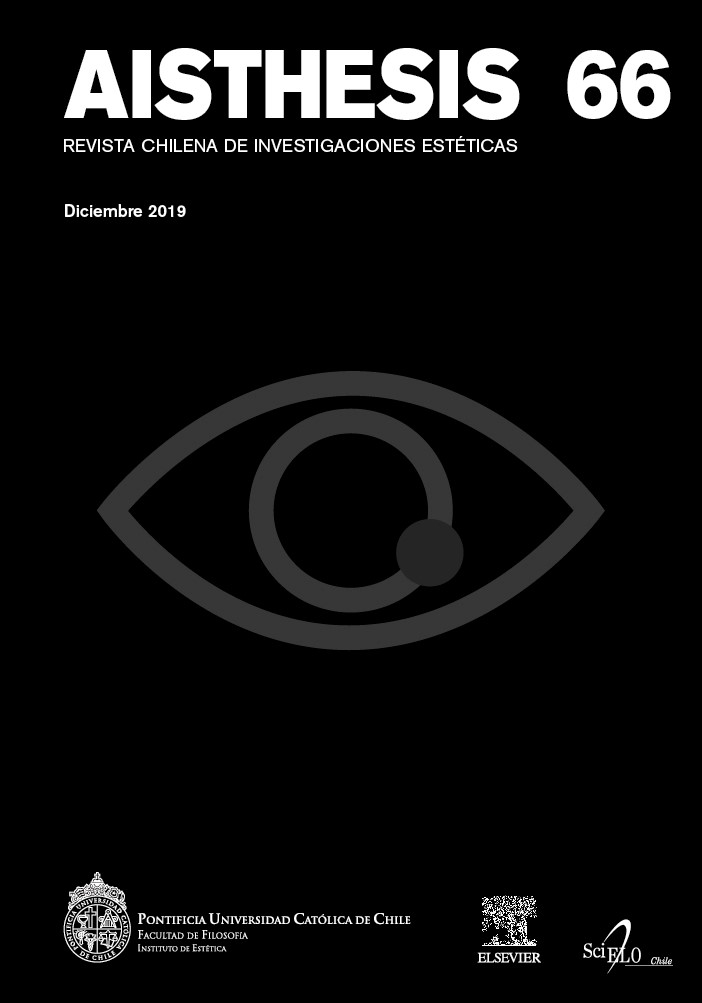Aesthetic Imaginary of Hysteria in Japanese Culture
Main Article Content
Abstract
The present paper analyzes the aesthetic framework which builds up the image of “hysterical women” in Japan. More specifically, the article goes further into the study of visual, artistic and literary resources which surround hysteria within Japanese cultural context. To this end, the paper undertakes a detailed overview of the concept of hysteria and criticizes the traditional definition of the illness as a radically feminine pathology due to uterus sickness. Such a theory takes the form of various Japanese cultural myths: vagina dentata, spider-woman, demon-woman, poisonous-woman, and possessed-woman, further recreated by modern psychiatry. Ultimately, the paper highlights the subjection of Japanese female bodies, thus revealing misogynistic cliches behind these images as well as revisiting hysteria as a key tool for the empowerment of women.
Article Details

This work is licensed under a Creative Commons Attribution-NonCommercial-ShareAlike 4.0 International License.
All contents of this electronic edition are distributed under the Creative Commons license of "Attribución-shareAlike 4.0 Internacional" (CC-BY-SA). Any total or partial reproduction of the material must mention its origin.
The rights of academic works published in this publication belong to their authors., who grant to AISTHESIS: Revista Chilena de Investigaciones Estéticas the license for its use. The management of the permits and the authorization of the publication of the images (or of any material) that contains copyright and its consequent rights of reproduction in this publication is the sole responsibility of the authors of the articles
